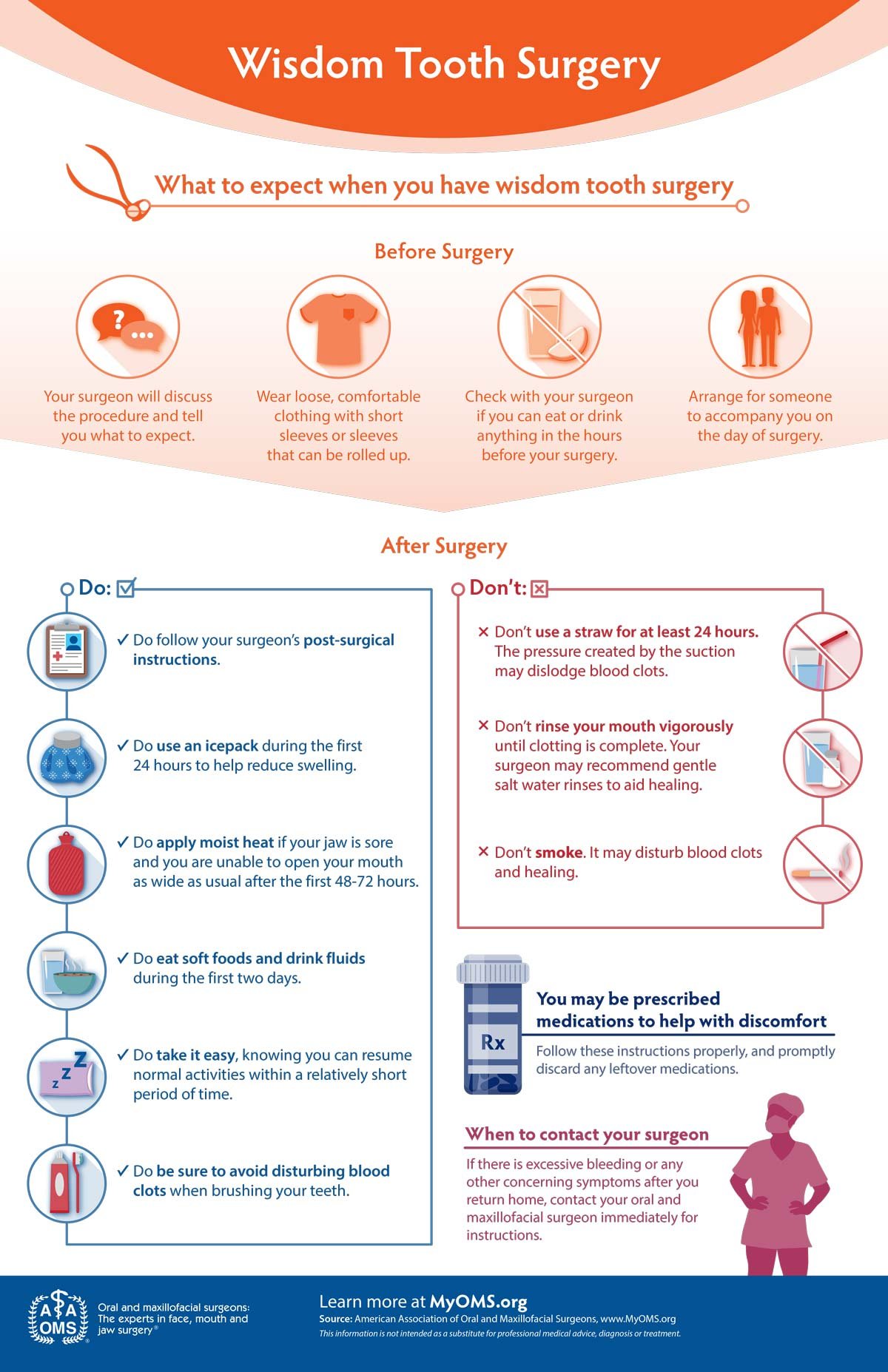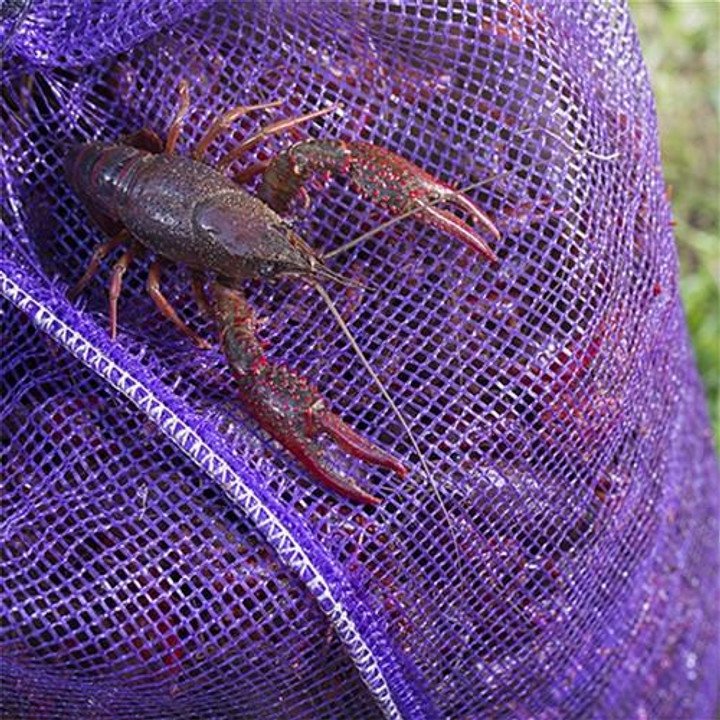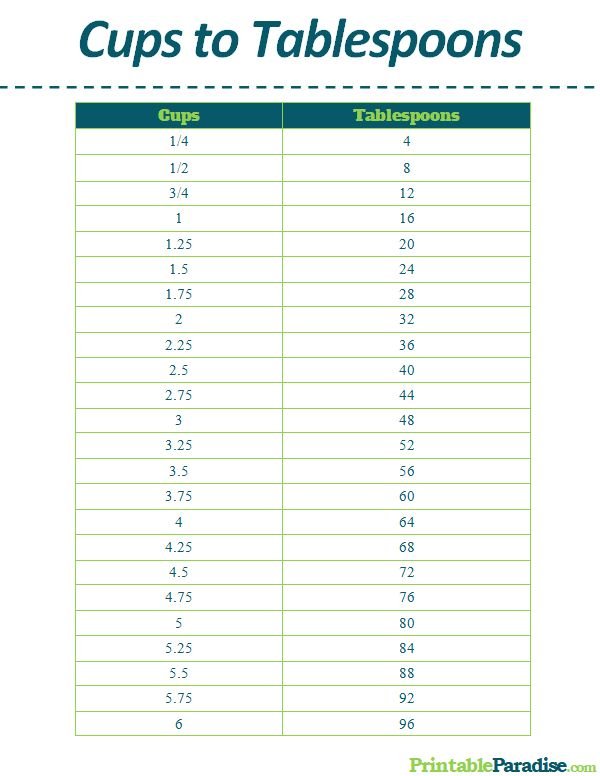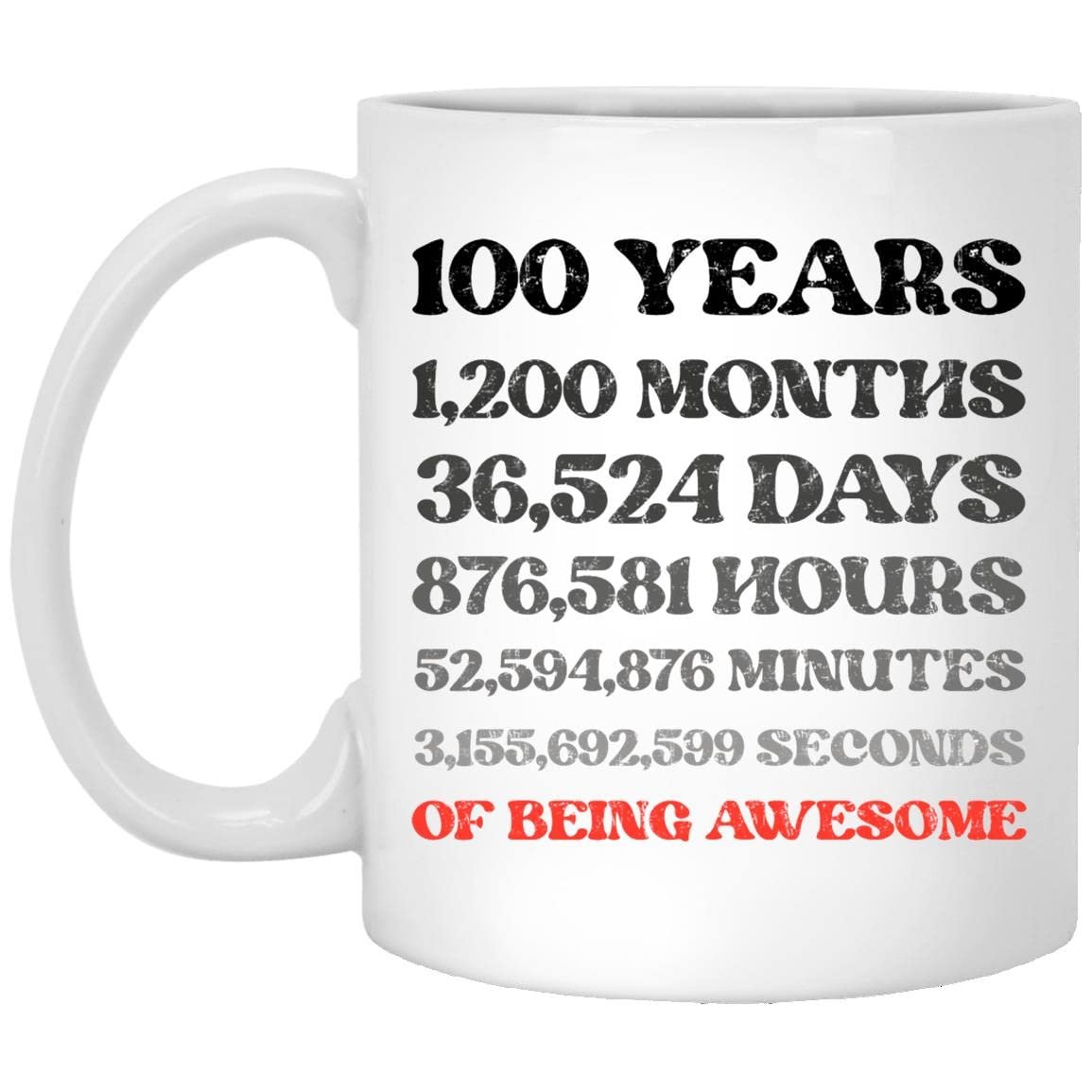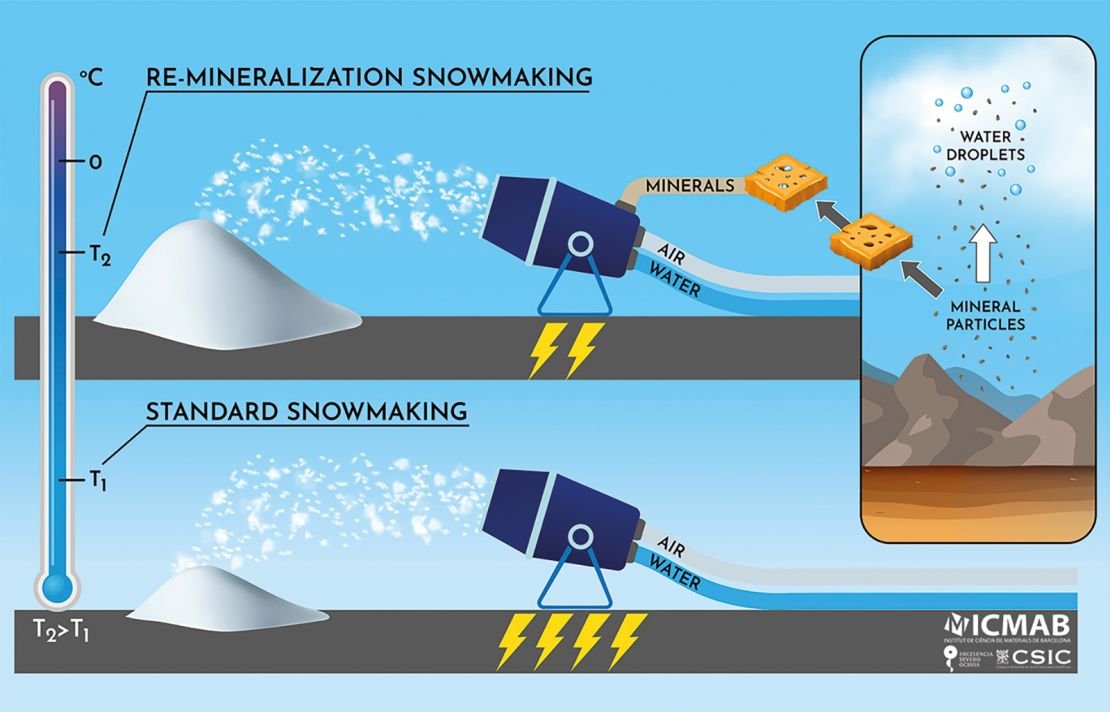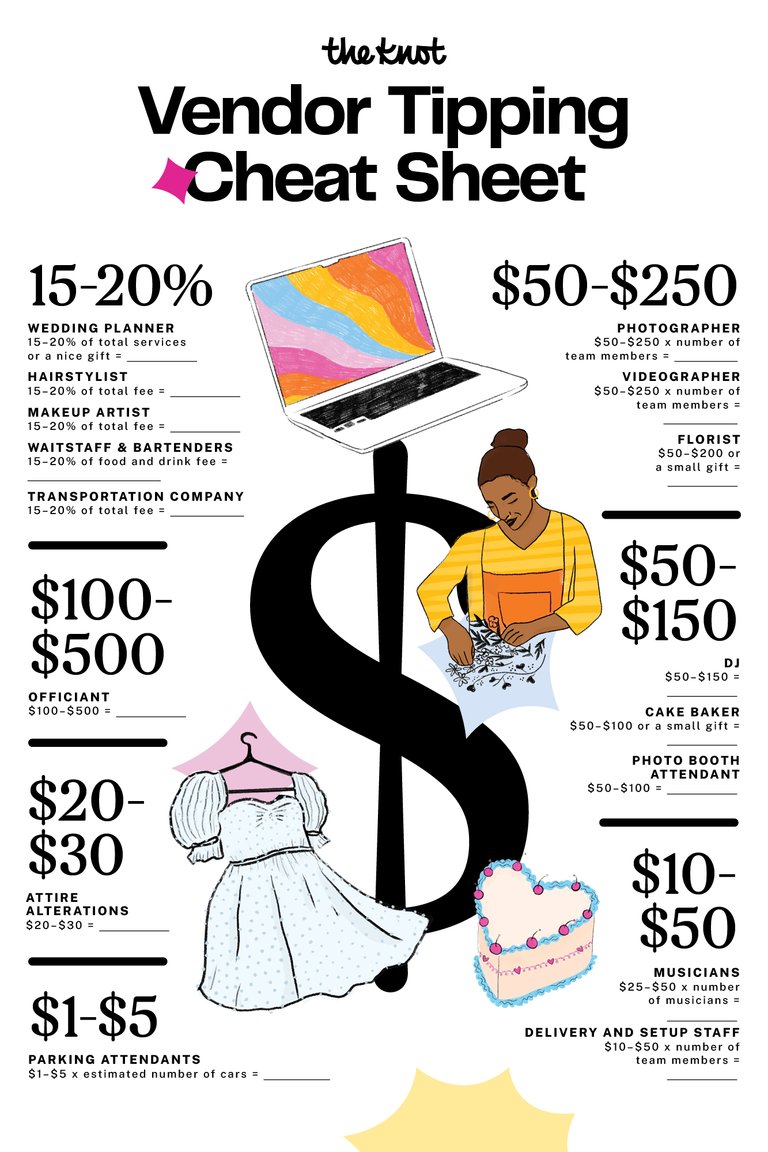After a tooth extraction, it’s crucial to allow your mouth to heal properly before introducing alcohol. So, how long after a tooth extraction can I drink alcohol? Ideally, it’s recommended to avoid alcohol for at least 72 hours post-extraction to minimize the risk of complications and ensure a smooth recovery. Let’s delve deeper into the reasons behind this guideline and explore the best practices for maintaining oral health post-extraction. Your dental well-being matters, so let’s make informed choices together.
How Long After a Tooth Extraction Can I Drink Alcohol?
If you’ve recently undergone a tooth extraction, it’s natural to have questions about what you can and cannot do during the recovery process. One common query that many individuals have is about consuming alcohol after a tooth extraction. In this article, we will explore the topic in detail and provide you with all the information you need to know about how long you should wait before indulging in that glass of wine or beer.
Understanding the Tooth Extraction Healing Process
Before we delve into the specifics of when you can start drinking alcohol after a tooth extraction, it’s essential to understand the healing process that your body undergoes following this procedure. When a tooth is extracted, a blood clot forms in the socket to protect the underlying bone and nerves as the area starts to heal. It is crucial to allow this blood clot to remain undisturbed to ensure proper healing and prevent complications such as dry socket.
Immediate Post-Extraction Care
After a tooth extraction, your dentist will provide you with specific instructions on how to care for the extraction site to promote healing and reduce the risk of infection. It is vital to follow these guidelines diligently to ensure a smooth recovery process. One of the key recommendations you will likely receive is to avoid drinking through a straw or rinsing vigorously in the first 24 hours after the extraction. These actions can dislodge the blood clot and delay the healing process.
Impact of Alcohol on Healing
Alcohol consumption can have various effects on the body, including on the healing process following a tooth extraction. While enjoying a drink or two in moderation is generally not harmful, alcohol can thin the blood and may interfere with the formation of the blood clot in the extraction site. This interference can increase the risk of complications such as delayed healing or dry socket.
Waiting Period Before Drinking Alcohol
The general consensus among dental professionals is that it is advisable to wait at least 72 hours before consuming alcohol after a tooth extraction. This waiting period allows the blood clot to stabilize and the initial healing process to take place. However, it is essential to consult your dentist for personalized advice based on your specific case, as individual recovery times may vary.
Factors to Consider
Several factors can influence how long you should wait before drinking alcohol after a tooth extraction. These factors include the complexity of the extraction, your overall health, any underlying medical conditions, and whether the extraction site is healing as expected. It is crucial to communicate openly with your dentist about your alcohol consumption habits and follow their recommendations closely.
Signs That Indicate It’s Safe to Drink Alcohol
To determine when it is safe to consume alcohol after a tooth extraction, you can look out for certain signs that indicate the healing process is progressing well. These signs include decreased pain and swelling, the formation of soft tissue over the extraction site, and the absence of any signs of infection. If you experience any unusual symptoms or prolonged discomfort, it is best to refrain from alcohol consumption and consult your dentist.
Alternatives to Alcohol During Recovery
While you may be eager to enjoy a drink after your tooth extraction, it’s essential to prioritize your oral health and recovery. If you are advised to abstain from alcohol during the initial healing phase, consider indulging in other beverages or treats that do not pose a risk to your recovery. Opt for non-alcoholic beverages, such as fruit juices or smoothies, to stay hydrated and satisfy your cravings without compromising your healing process.
In conclusion, the decision of when to start drinking alcohol after a tooth extraction is best made in consultation with your dentist. While waiting at least 72 hours is a common guideline, individual circumstances may require a longer period of abstinence. By following your dentist’s instructions, monitoring your recovery progress, and prioritizing your oral health, you can ensure a smooth and successful healing process. Remember, patience is key when it comes to post-tooth extraction care, so take care of yourself and your smile will thank you in the long run.
Drinking Alcohol After a Tooth Extraction (9 Safety Tips)
Frequently Asked Questions
How long should I wait before drinking alcohol after a tooth extraction?
It is recommended to wait at least 24 hours after a tooth extraction before consuming any alcohol. This allows the blood clot to form properly and reduces the risk of complications such as dry socket.
What are the risks of drinking alcohol too soon after a tooth extraction?
Drinking alcohol too soon after a tooth extraction can increase the chances of dislodging the blood clot that forms in the extraction site. This can lead to a painful condition known as dry socket, which delays the healing process and may require additional treatment from your dentist.
Can I drink alcohol if I am taking pain medication after a tooth extraction?
It is generally not advisable to consume alcohol while taking pain medication after a tooth extraction. Alcohol can interact negatively with certain medications, potentially causing side effects or reducing the effectiveness of the pain relief. It is best to consult your dentist or healthcare provider for specific guidance on your situation.
Final Thoughts
After a tooth extraction, it’s best to wait at least 24 hours before consuming alcohol. This allows the extraction site to start healing properly and reduces the risk of complications. It’s important to follow your dentist’s instructions and avoid alcohol until the healing process is well underway. Remember, patience is key when it comes to ensuring a smooth recovery after a tooth extraction. So, how long after a tooth extraction can you drink alcohol? Wait at least 24 hours to be on the safe side.
